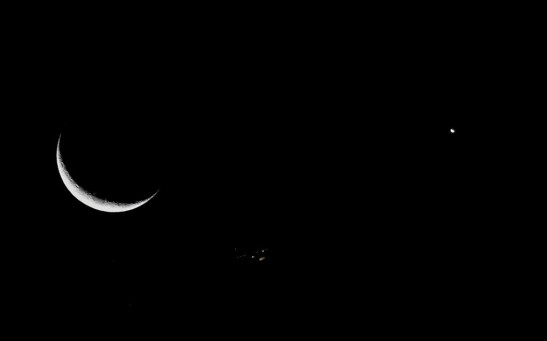Tags: Moon

Life on the Moon? NASA Reckons the Possibility of Artemis Astronauts Finding Evidence

Strawberry Moon 2023: The Next Full Moon Set To Appear This Weekend

Mysterious Plumes on Saturn's Moon Enceladus Raise Possibility of Hidden Extraterrestrial Life
Earth Has New Moon; Space Rock Has Been in the Planet’s Vicinity Since 1000 BC
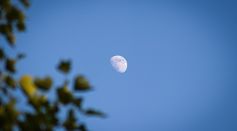
Afternoon Moon, Blue Sky at Night Visible This Week: Here's How and When To See It
China Continues Space Race, Plans To Land Astronauts on Moon Before 2030

Japanese Moon Lander's Impact Site Found: NASA Lunar Orbiter Spotted Hakuto-R's Debris a Day After Its Failed Touchdown
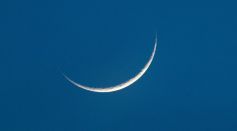
'Da Vinci Glow' Expected To Be Visible in the Coming Days Before and After the New Moon: Here's How To See Its Ghostly Shine
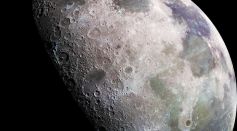
Moon Up Close: Gigamoon Image Stitched From 280,000 Shots Shows Apollo Landing Sites, Copernicus Crater, Other Lunar Landmarks
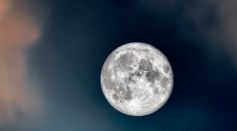
What's Inside the Moon? This Lunar Satellite's Inner Core Is Earth-Like and Solid With Iron-Like Density

Piece of the Moon? Small Kamo'oalewa Asteroid Orbiting Earth Might Be a Lunar Chunk, Study Says

Eta Aquarid Meteor Shower May 2023: How, When, and Where Can You Watch It?
Bus-Sized Asteroid Passed by Earth at a Distance Close to That of the Moon; 4 Airplaine-Sized Space Rocks Also Making a Flyby

From Full Flower Moon to Shooting Stars From Halley's Comet: Here's What You Should Add to Your Sky Watchlist This Week
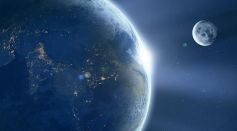
Japanese Lunar Lander Snaps Glorious Photo of Earth During Total Solar Eclipse Before Craft Smashed Into Moon's Surface
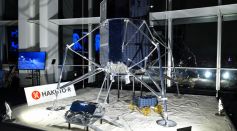
Japan's Hakuto-R Lander Fails To Land on the Moon After Control Center, Loses Communication With the Spacecraft
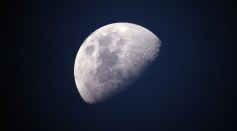
Moon Slowly Creeps Away From Our Planet; Will Earth Eventually Lose Its Natural Satellite?
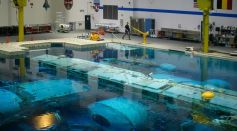
NASA's 6.2 Million-gallon Swimming Pool Turned Into a Replica of the Moon To Train Artemis Astronauts

Rare Hybrid Total Solar Eclipse Set to Happen Next Week: Here's What You Need to Know

NASA Names Four Astronauts for Artemis II Mission That Will Fly the First Humans to the Moon After More Than 50 Years
Most Popular

Can the World Run Out of Water? Water Scarcity Science and Climate Impact Explained

Solar Maximum 2026: Inside the Sunspot Cycle and Solar Activity Forecast Astronomers Are Watching

Volcanic Warning Signs: How Magma Movement Reveals Eruption Prediction Clues for Geologists

How Tsunamis Form and Travel at Extreme Speeds: Seismic Waves and Coastal Hazards

